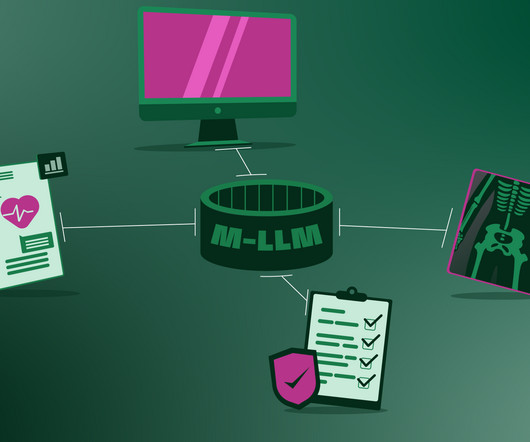The Healthcare Vision of ChatGPT-4o and Multimodal LLMs
The Medical Futurist
JUNE 21, 2025
Large language models will soon find their way in to everyday clinical settings , simply because the global shortage of healthcare personnel is becoming dire and AI will lend a hand with tasks that do not require skilled medical professionals. ” M-LLM (Translating for Patient): “¿Puede señalar dónde le duele?”



















Let's personalize your content